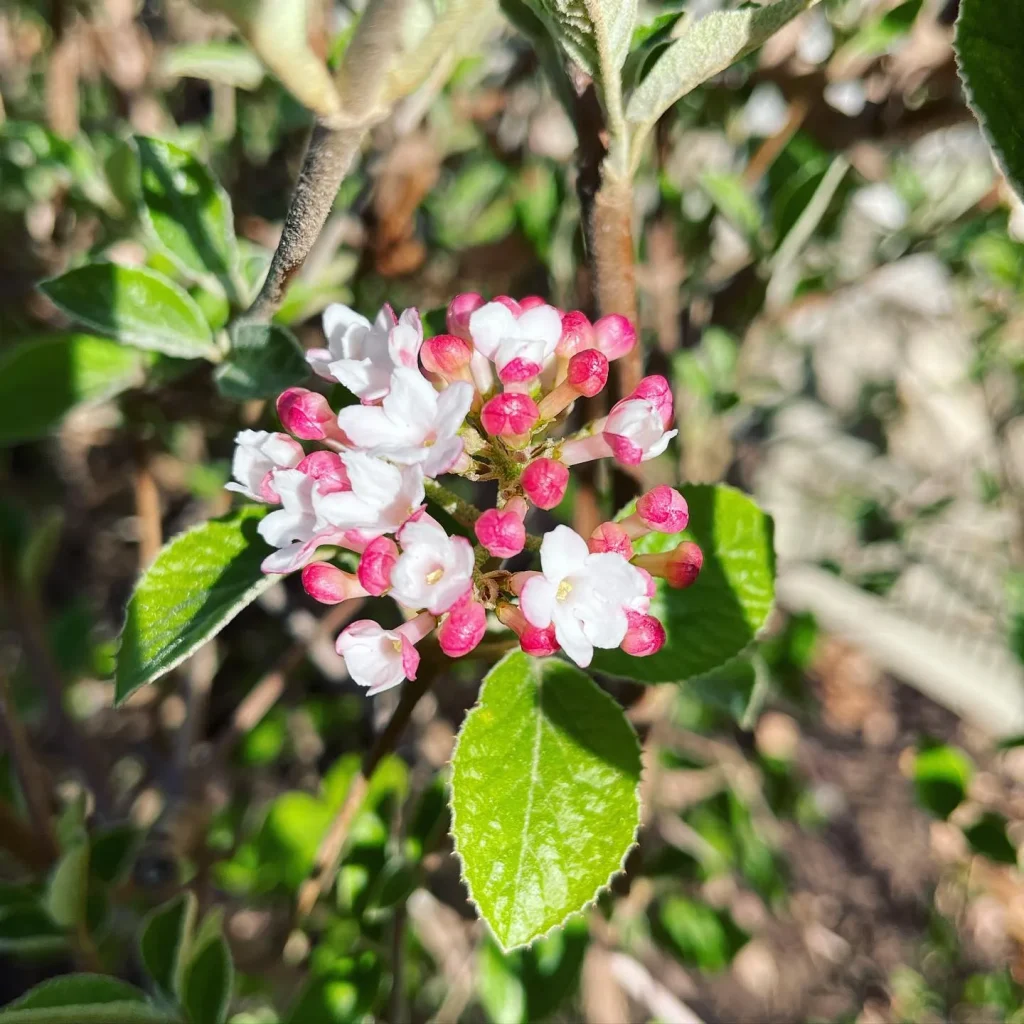
February 11 – Ananas
"Ananas, the regal pineapple, shines for February 11."
Ananas symbolizes hospitality and sweetness. Like this tropical fruit, you are welcoming and kind, offering support and joy to everyone you meet.
A Deep Dive into the Genus Ananas: More Than Just a Pineapple
My name is Ferb Vu, and I’ve always been fascinated by the diversity of the plant world. Lately, I’ve been particularly drawn to the genus Ananas, a group of tropical plants belonging to the Bromeliaceae family. While most people associate Ananas with the common pineapple, there’s much more to this genus than meets the eye. Join me as we explore the fascinating world of Ananas, from its unique characteristics to its lesser-known species.
What Makes Ananas Unique?
Ananas species are native to South and Central America, where they thrive in warm, tropical climates. These plants are characterized by their spiky, sword-shaped leaves that form a rosette. The leaves are often edged with spines, a feature that helps protect the plant from herbivores. Perhaps the most distinctive feature of Ananas is its multiple fruit, formed from the fusion of many individual flowers. This unique structure is what gives the pineapple its distinctive appearance.
But Ananas plants are more than just a pretty face. They have a rich history of human use, with evidence suggesting that they were cultivated by indigenous peoples in South America as far back as 2000 years ago. While the pineapple is the most commercially important member of the genus, other Ananas species have also been used for their fiber, and even for medicinal purposes.
Exploring the Species of Ananas
While the pineapple (Ananas comosus) is undoubtedly the star of the show, the genus Ananas encompasses several other intriguing species. Here are:
- Ananas comosus: Ananas comosus, commonly known as the pineapple, is a well-loved tropical fruit plant native to South America, particularly in areas such as Brazil and Paraguay. This species is famous for its vibrant yellow, juicy, and sweet fruit, which is widely cultivated and enjoyed globally. Pineapples grow from a central stem with a rosette of stiff, spiky, sword-shaped leaves that are often blue-green in color. When mature, the plant produces a flowering stalk with a striking inflorescence, where small individual flowers merge to form a composite fruit. Pineapples have a unique blend of sweet and tangy flavors, making them popular in fresh, juiced, canned, and dried forms, as well as in savory dishes and desserts. Beyond its culinary uses, pineapple contains bromelain, an enzyme with anti-inflammatory and digestive benefits. The plant’s growth cycle is slow, often taking two to three years to produce a single fruit, which is one reason why it’s considered so precious in many cultures. Pineapple plants thrive in tropical or subtropical climates with well-drained, slightly acidic soil, and they need plenty of sunlight to grow optimally. Plant FAQs: Pineapple – Ananas Comosus
- Ananas macrodontes: Ananas macrodontes is a lesser-known species within the Ananas genus, mainly found in the subtropical and tropical regions of South America, particularly in Paraguay and Brazil. Unlike the commercially cultivated Ananas comosus, Ananas macrodontes is rarely grown for its fruit, which is smaller, more fibrous, and considered less palatable. This plant is primarily appreciated for its ornamental qualities, with long, leathery, gray-green leaves that are edged with large, distinctive spines or “teeth,” making it a dramatic and eye-catching addition to tropical gardens. The leaves grow in a dense, low-growing rosette pattern, which also makes Ananas macrodontes an effective natural barrier or border plant. Its spiky foliage and sharp edges can deter intruders and provide structure to landscaped spaces. While it does produce a small, compact fruit after flowering, the plant is primarily valued for its visual impact rather than its edible yield. Ananas macrodontes grows best in warm, sunny conditions with well-draining soil and benefits from regular watering, although it is also relatively drought-tolerant once established.
The Future of Ananas
As our understanding of Ananas grows, so too does its potential. Researchers are exploring the use of Ananas species for various applications, from biofuel production to the development of new medicines. The pineapple, with its high bromelain content, is being investigated for its potential anti-inflammatory and digestive benefits.
The genus Ananas offers a fascinating glimpse into the diversity and complexity of the plant world. From the familiar pineapple to the lesser-known species, each member of this genus has its own unique story to tell. As we continue to explore the world of Ananas, we are sure to uncover even more fascinating secrets about these remarkable plants.




